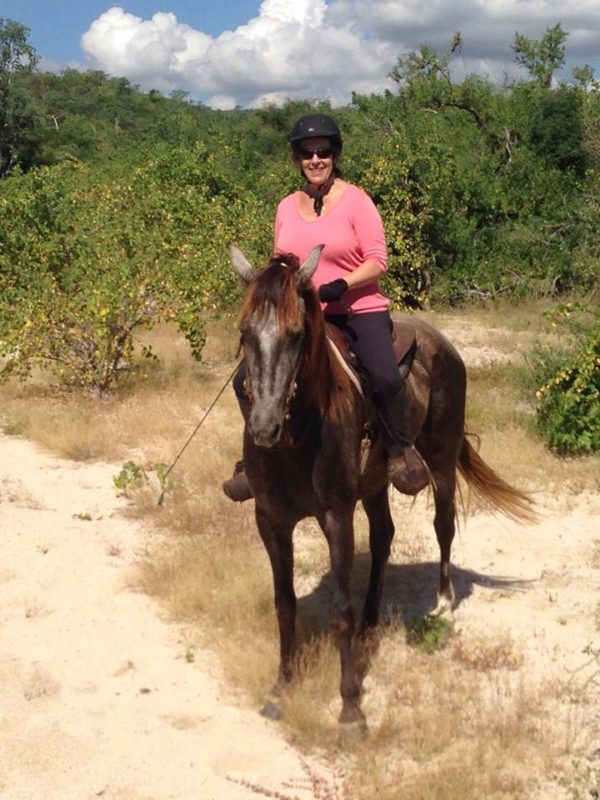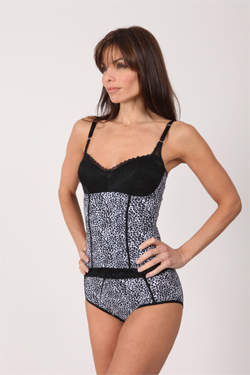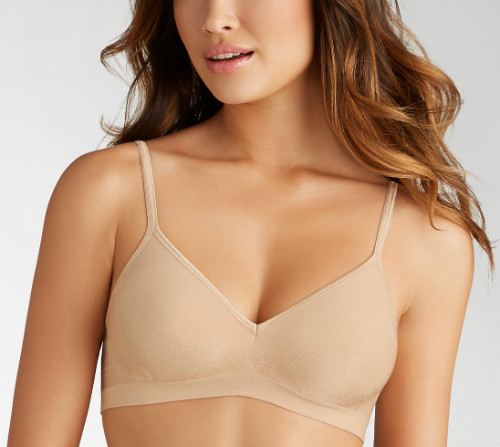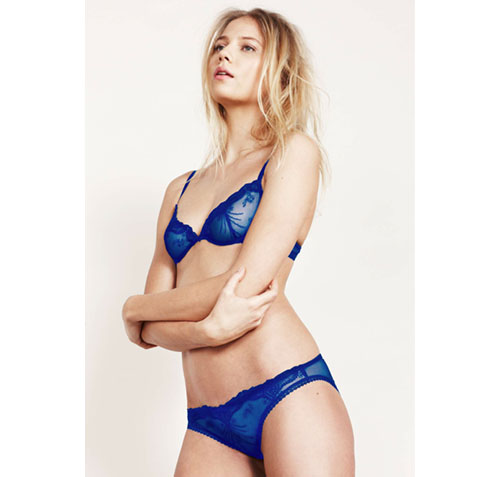Ellen Lewis of Lingerie Briefs: Interview with An Industry Expert
Every year, I travel to lingerie trade shows to learn more about new products, designs, and brands. Over of the course of attending these events, I’ve met and befriended many industry experts.
One of the most articulate, insightful, and knowledgeable among them is Ellen Lewis of Lingerie Briefs. She’s been around long enough to see how the business has evolved and changed, and where it’s still stuck in the past.
Today, I interview Ellen Lewis and get her thoughts on the intimate apparel industry. You’ll also learn why she dedicates her time and energy to spread her message of lingerie empowerment on her blog.
Ellen LewisTell us a little about your background in the lingerie industry, and why you launched your website, Lingerie Briefs:
I’m a University of Pennsylvania art history graduate. I spent 8 years with Abraham and Straus Department Stores and 12 years with R.H. Macy’s as a Buyer, Merchandise Manager and VP of Intimate Apparel Private Label. During my 12 year tenure at Nap, New York, and Bennett and Company, I oversaw the product development for their Victoria’s Secret account as well as the launch of several brands including Crabtree & Evelyn Sleepwear and Jacalyn Bennett Lingerie. My love of the written word and knowledge of the Intimate Apparel Market inspired me to create Lingerie Briefs in 2009. My mission is to identify quality, wherever it lives.
My blog is for me, a virtual boutique. Everything I write about is something I would be proud to put in a store I own. We do not do affiliate work or sponsored blogs mainly because I feel it would compromise my readers’ understanding that these articles are based on my merchant skill sets and not financially driven.
How have you seen the industry change over the past 40 years? What new technologies do you think have had the biggest impact?
The major change is the Internet: computer technology and without a doubt, social media. When I began, everything was manual. Printed weekly reports gave us sales information and we kept manual Open to Buy spread sheets. Advertising was a force via print and there was no such thing as email. We were closer to our markets because we had to have their support in order to get our work done. I depended on sales reps to count my inventory.
The second major difference was that when I was a buyer at Macy’s, no one told me what to buy. As long as my numbers remained up and my inventory under control. the brand and style decisions were all mine. This is really much more like today’s specialty store buyer.
Back when you started, how were bras designed, sized, and manufactured? Do you think consumers are getting a better product for the same price, today? Why or why not?
When I started, bras were designed by hand; patterns hand draped and drawn and duplicated, laces and embroideries created and produced in the USA, garment production also often done here. Computer pattern programming equipment did not exist. Constant cost pressure has forced the industry overseas. As far as sizing is concerned, there really was nothing fashionable above a D or DD cup. Believe me, this was a major void.
What do you hope readers learn from visiting your website? How has your approach to blogging changed, if at all?
I started my website as a hobby. My objective was always to be brief but to hit a nerve with each blog. I wanted to create a venue where buyers could get market insight on products that would actually have an impact on the bottom line. It was never about me specifically but rather about my expertise as a merchant. Over time, although this remains my main objective, the site has become much more visual. My instincts have always been visual. I believe that one great image can eliminate a lot of conversation. Perhaps it’s my art background. Frankly, this is what any good merchant does: they see something and it strikes a chord. Lately, we have beefed up our Gallery column (written by Alison Connolly) to incorporate some off the radar design talent. Alison’s merchandising history as the owner of the renown Faire Frou Frou (before she sold it) has added additional merchandising acumen to the site.
Moving into the future, what do you think are the biggest challenges for the intimate apparel industry? What are the greatest professional challenges for you?
The biggest problem for the industry is its size. The brand variety has been shrinking as one company merges with another or closes down. Variety is hard to come by. Competition becomes compromised and then how is one inspired to figure out the next new thing? Thank goodness for the fabric innovators where development continues and can change a basic bra into a whole other thing. As a merchant looking for new ideas and a writer looking for new inspiration, these obstacles can be difficult. We need to publish daily.
If you could change one aspect of this business, what would that be?
The resistance to social media. Intimate Apparel is not the most forward-looking industry .

Do you have any predictions about the lingerie industry? For example, do you think consumers will soon have the ability to create 3D printed knickers at home?
I think digitally printed knickers already exist. But 3D digital lingerie will take a great deal more development. At the Manus and Machina exhibit recently at the Met we did see some extraordinary 3D apparel. But for now, it is really art more than reality in the everyday world. But I have no doubt that the access to 3D technology can have a great impact on the future of lingerie. It already makes a difference in pattern making, grading etc. I would do everything in my power if I had a company to invest in technology.
To learn more about Ellen Lewis and the intimate apparel brands she covers on her blog, please visit Lingerie Briefs.











